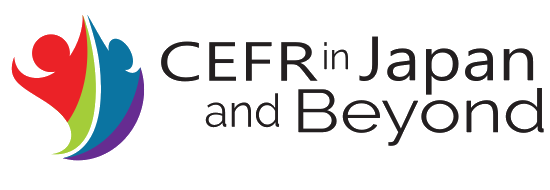Volume5
Title: Framework of Reference for Sign Languages and Description of the Czech Sign Language
Page: 45-55
Author(s): Martina Hulešová (Charles University)
DOI: https://doi.org/10.37546/JALTSIG.CEFR5-4
Abstract
The CEFR is a well-known, useful, and widely exploited tool used for many European languages, as well as in some non-European language contexts. Most of the contexts where the CEFR is used concern spoken languages. However, regarding sign languages, there have only been a few attempts to explore how the CEFR might be adapted and modified. In 2019, a CEFR-related project started in the Czech Republic (as one of five key activities of a bigger project – called APIV A – that concerned inclusion of users of first languages other than Czech) with the original aim of adapting the outcomes of the ProSign project1 led by The European Centre for Modern Languages, which basically meant creating proficiency scales for the description of Czech Sign Language. However, it became clear that a mere translation or a slight adaptation is neither possible nor appropriate. Therefore, the project became much broader, and, in the end, two original comprehensive and interrelated documents were developed: a general Framework of Reference for Sign Languages and a more specific Reference Level Descriptors of Czech Sign Language. Both documents are bilingual: in written Czech and translated into Czech Sign Language.
Three main topics are discussed in this article. Firstly, the content and the processes by which these two documents were planned and published are described. The rationale for their development is presented, and the approaches, including blind alleys, doubts and their solutions discussed. Secondly, challenges faced by the writing team are presented, for instance the collaboration of Deaf and hearing colleagues, the collaboration of hearing linguists with Czech Sign Language teachers with no linguistic background, terminological issues, given that sign languages in general, and the Czech sign language specifically, are so-called less-taught languages. Finally, problems and challenges related to the features of the Czech deaf community, such as the specificity of culture, language modalities, the absence of standardisation, research, and the lack of recognition of the language as a fully-fledged code, are presented.
Keywords:
sign language(s), framework of reference, reference level descriptors, deaf community
* * * * * *

